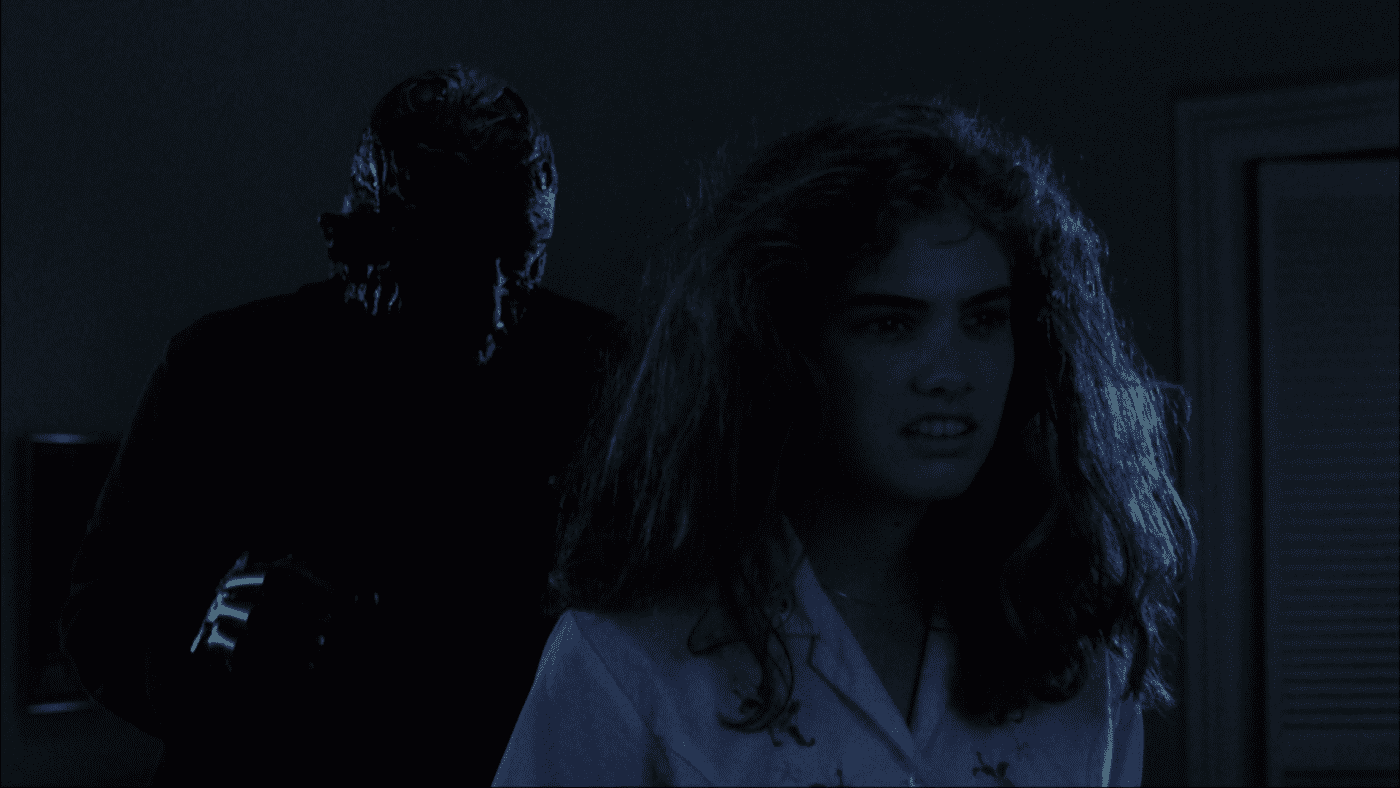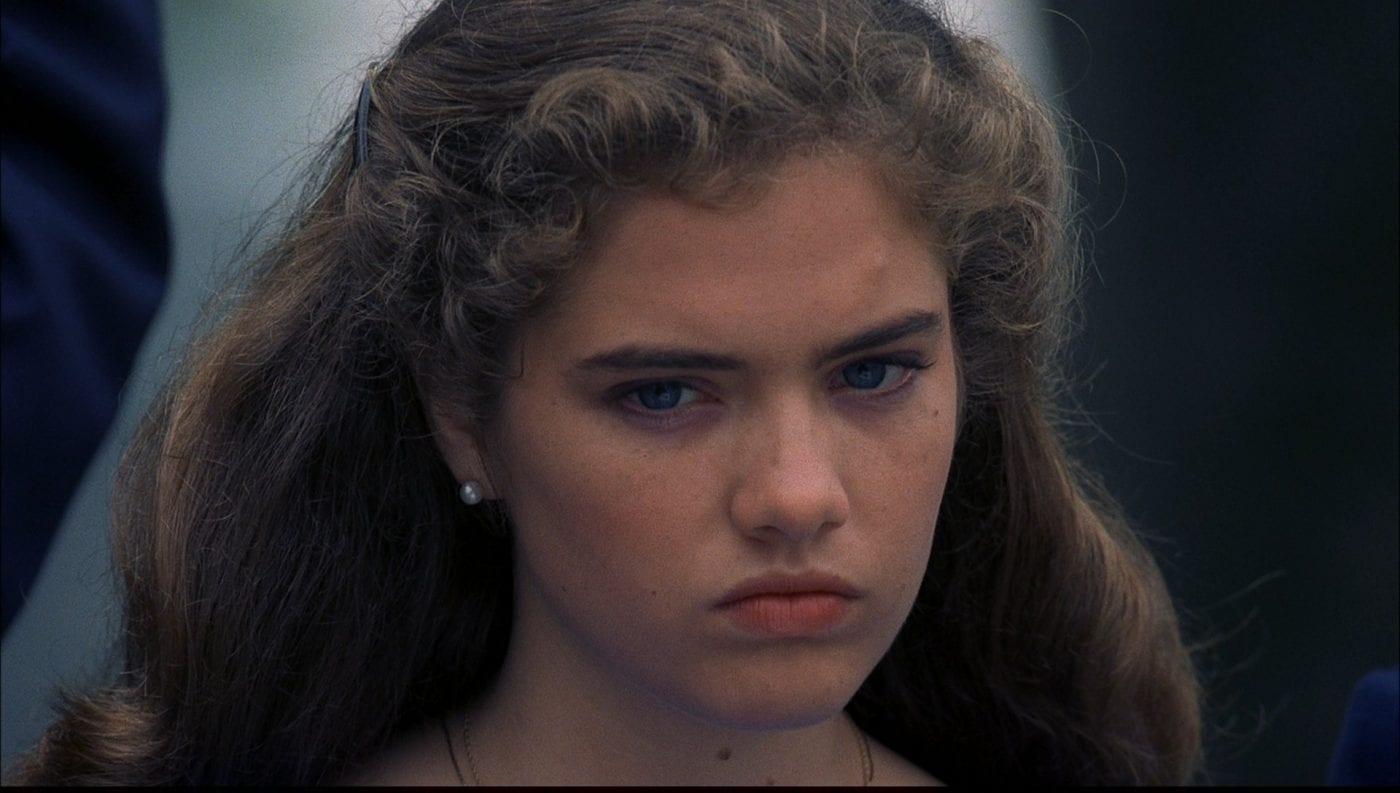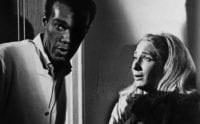Just recently, with movies like Get Out and Hereditary, critics have started throwing out terms like “elevated horror” as if horror hasn’t had elevated examples of its genre since its very beginnings. Wasn’t James Whale’s The Bride of Frankenstein elevated? Or Alfred Hitchcock’s Psycho? The Exorcist? Rosemary’s Baby? The reality is, just like with any other genre, there are high-brow and low-brow examples throughout horror’s history. However, Wes Craven, one of horror’s true masters, always stood somewhere in between — his films are a mixture of unbridled horror and gore along with often subversive, deeply philosophical ideas. Perhaps it’s that ugly violence that prevents some from really looking into ideas and questions posed by the films, but Craven, who passed away in 2015, was making elevated horror since The Last House on the Left, his 1972 Vietnam-influenced (and not for the feign of heart) take on Bergman’s The Virgin Spring. But his art as a writer and director reached its pinnacle in 1984’s A Nightmare on Elm Street, in which a deformed monster with a razor glove stalks his victims in their dreams — except these dreams come with real-life repercussions. Now, for a moment, let’s forget the sequels (some great, some… not so much) and the entire Freddy Krueger gazillion-dollar multi-media machine, and focus on what made the original so unique that it inspired an industry unto itself and propelled New Line Cinema into a major Hollywood studio.
Wes Craven, who earned a master’s degree in philosophy and writing from Johns Hopkins University and taught at Westminster College and Clarkson University in Potsdam, New York, got the original idea for the film from a true story: “I’d read an article in the L.A. Times about a family who had escaped the Killing Fields in Cambodia and managed to get to the U.S. Things were fine, and then suddenly the young son was having very disturbing nightmares. He told his parents he was afraid that if he slept, the thing chasing him would get him, so he tried to stay awake for days at a time. When he finally fell asleep, his parents thought this crisis was over. Then they heard screams in the middle of the night. By the time they got to him, he was dead. He died in the middle of a nightmare. Here was a youngster having a vision of a horror that everyone older was denying. That became the central line of Nightmare on Elm Street” (from an oral history of the film on Vulture). Though every major studio in Hollywood had rejected Craven’s original screenplay, Robert Shaye, the founder of New Line Cinema, a small distribution company at the time, saw its potential because “everybody has nightmares” (Vulture). The film was made on a $1.1M budget and a 30-day shooting schedule, but despite the torturous road it took to reach the big screen, it became a sensation, eventually earning $25.5M ($61M adjusted for inflation) and received a surprisingly positive critical response (it rates 94% on Rotten Tomatoes). So, what is it about this low-budget slasher that makes it endure in the pop culture nearly 35 years later? (Spoilers to follow)
To be sure, A Nightmare on Elm Street is imaginatively and skillfully written and directed, tightly paced and finely edited, and it features innovative in-camera effects, haunting music, likeable young protagonists in Heather Langenkamp (Nancy Thompson) and Johnny Depp (Glen Lantz) in his debut, and a terrifying villain in Robert Englund. But Nightmare was also one of the pioneers of the so-called “rubber reality horror” genre. In his book, Wes Craven: The Art of Horror, John Kenneth Muir uses the phrase to describe “Craven’s stunning transitions from reality to dream,” finding that “the thrilling and novel aspect of A Nightmare on Elm Street is the ease with which characters glide from one plane of existence to the other without realizing it.” In other words, throughout the movie, neither the characters (nor the viewers) are entirely certain whether we are in a dream or in reality, as we so easily and sometimes imperceptibly slip from one into another. Notice how Nancy falls asleep at her school desk in a blink of an eye, which we only realize when we see her dead friend standing in the doorway in a body bag, while a classmate’s reading of Hamlet crawls down to a bone-chilling whisper. Or how right after her dream in which she attempts to bring Freddy out into reality, Nancy wakes up with rose trellis from her garden still on top of her, which then magically disappears when the camera pulls back to reveal the wider image of Nancy in her bed. A viewer might not be aware of these things consciously, but this is how Wes Craven builds his “rubber reality.” Even the final scene leaves the door open to the possibility that the entire movie was Nancy’s (precognitive?) dream.

Furthermore, the movie offers a scathing critique of American society, probing underneath the idyllic façade deep into the dark heart of American suburbia where home is not a safe retreat from a corrupted world. There is no functional family in Nightmare: some parents are divorced, others physically and/or emotionally absent from their children’s lives, leaving them to deal with the dream monster on their own. The secret that Nancy’s parents, Donald and Marge, hide from their daughter is that Freddy Krueger was a child murderer who escaped imprisonment on a technicality, and was subsequently burnt alive by the good, upstanding parents of the Elm Street. What’s worse, not only are the children literally paying for the sins of their parents, their parents are too involved with their own denial to listen to and/or help them. Donald is arrogant and condescending to Nancy, while Marge hides in a cloud of alcohol and cigarettes, foolishly putting bars on the windows to protect her daughter.
What she doesn’t understand, of course, is that the evil is already inside the house. Muir writes, “Perhaps this is Craven’s subtle comment about the middle-class response to crime in modern America. We will put bars on our windows and lock ourselves inside fortresses before we will examine why our society creates criminals in the first place.” The other authority figures like the law enforcement officers, sleep clinic scientists, teachers, or school administrators all fail to understand and protect the youth. Nancy must question, confront, and ultimately ignore the traditional codes of the authority of adulthood. Only then can she single-handedly confront Freddy, and also take the role of the parent, in the scene in which she tucks her mother into bed while gearing up for the final battle. Still, no matter how much Nancy tries, she is only able to save herself.

Unlike in mainstream Hollywood, which still struggles with its portrayal of women in big-budget blockbusters, gender portrayal in Nightmare, like in many other horrors, is more complex and progressive. The common assumption of female-with-male identification is turned on its head, as the audience is persuaded to identify with the woman. Carol J. Clover, in her seminal book, Men, Women and Chain Saws: Gender in the Modern Horror Film, argues that the most important part of the slasher experience is engaging the viewer in the plight of the victim-hero. This figure suffers pain and fright but eventually rises to defeat the evil forces — the one Clover defines as the “Final Girl.” The Final Girl goes beyond merely defending herself; she overpowers the monster on her own. After Nancy realizes Krueger is responsible for the death of her friends, she researches his origins, comes up with a plan to defeat him that involves taking him out of her dreams and into reality, then prepares by reading manuals on home defense and equipping her house with booby traps. In the end, she defeats Freddy by controlling her fear, thus eliminating his powers and taking away his energy. But her victory would not have been possible if Nancy didn’t transform her rationalistic views and challenged the structures of adulthood authority.

During the Blu-ray commentary for Nightmare, Wes Craven explains: “In this movie, sleep is equated with a lack of knowledge of the truth. In order to survive you must be awake, you must know what the truth is, and you must face it, and deal with it.” By the end of the film, Nancy is the only one who does. Philosophically speaking, Nancy’s (in)famous warning to Glen, “Whatever you do, don’t fall asleep,” is a reminder for all of us not to fall asleep in our own lives, or become victims to inertness, laziness, mediocrity, or complacency. Due to its groundbreaking development of “rubber reality horror,” subversive social subtext, and progressive gender portrayal, A Nightmare on Elm Street more than deserves the label of “elevated horror.” Maybe the critics who think those recent movies invented such a label, as admittedly interesting and worthy of their own analyses as they are, should look back to numerous worthy examples from the ’30s until today. They could do worse than start with Wes Craven’s filmography.





One Comment
Leave a Reply